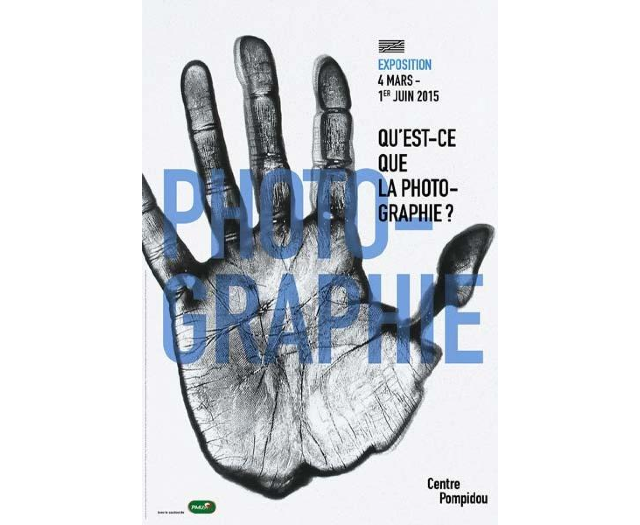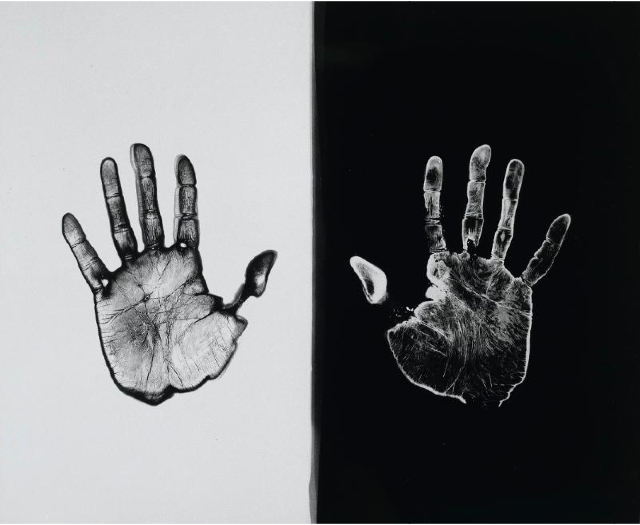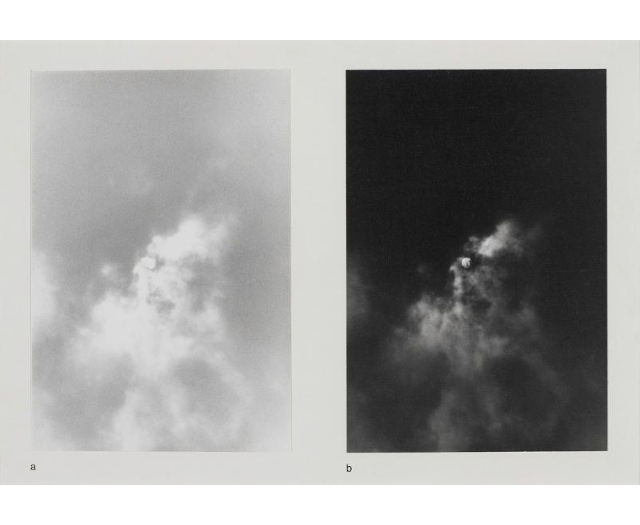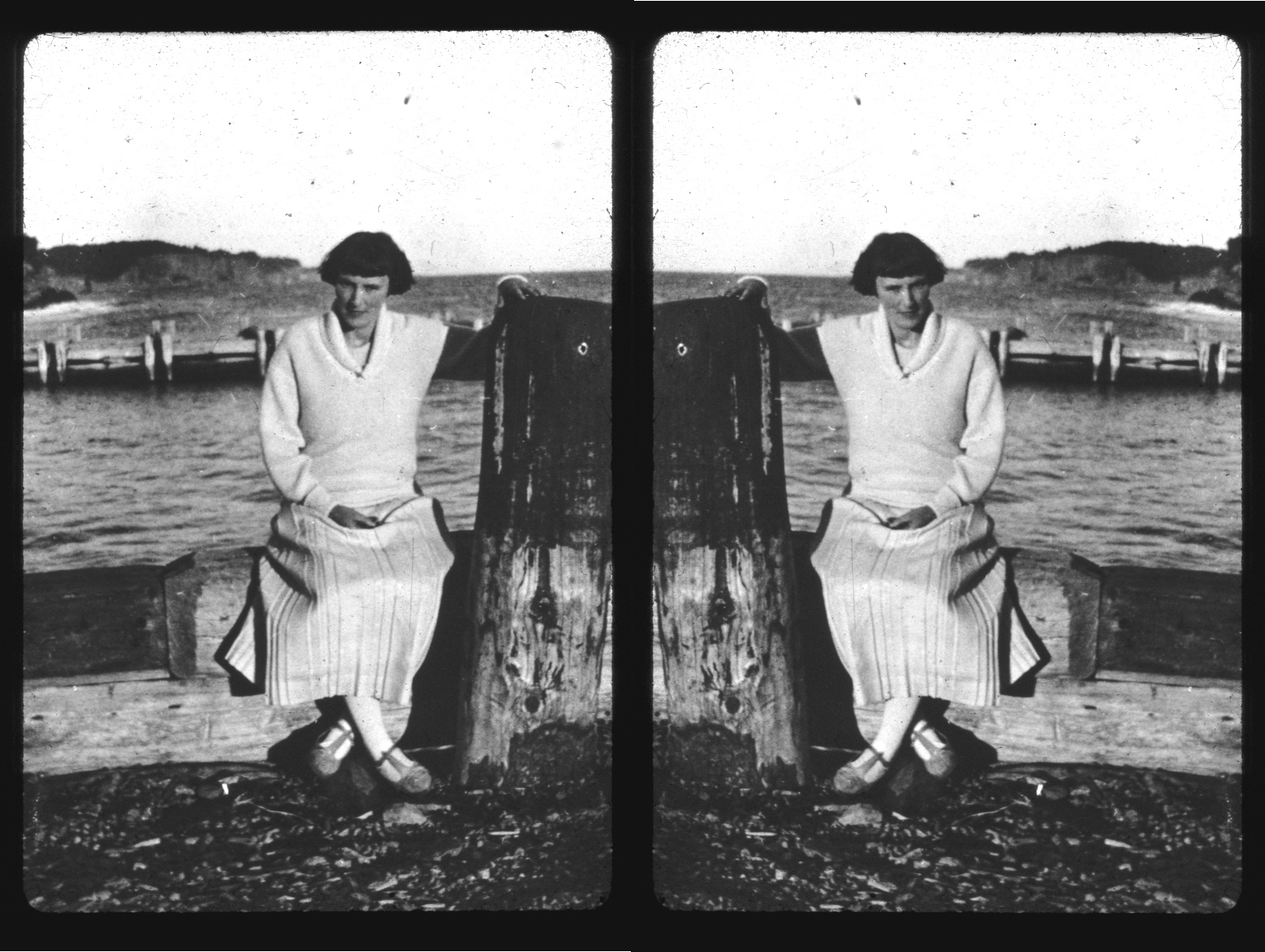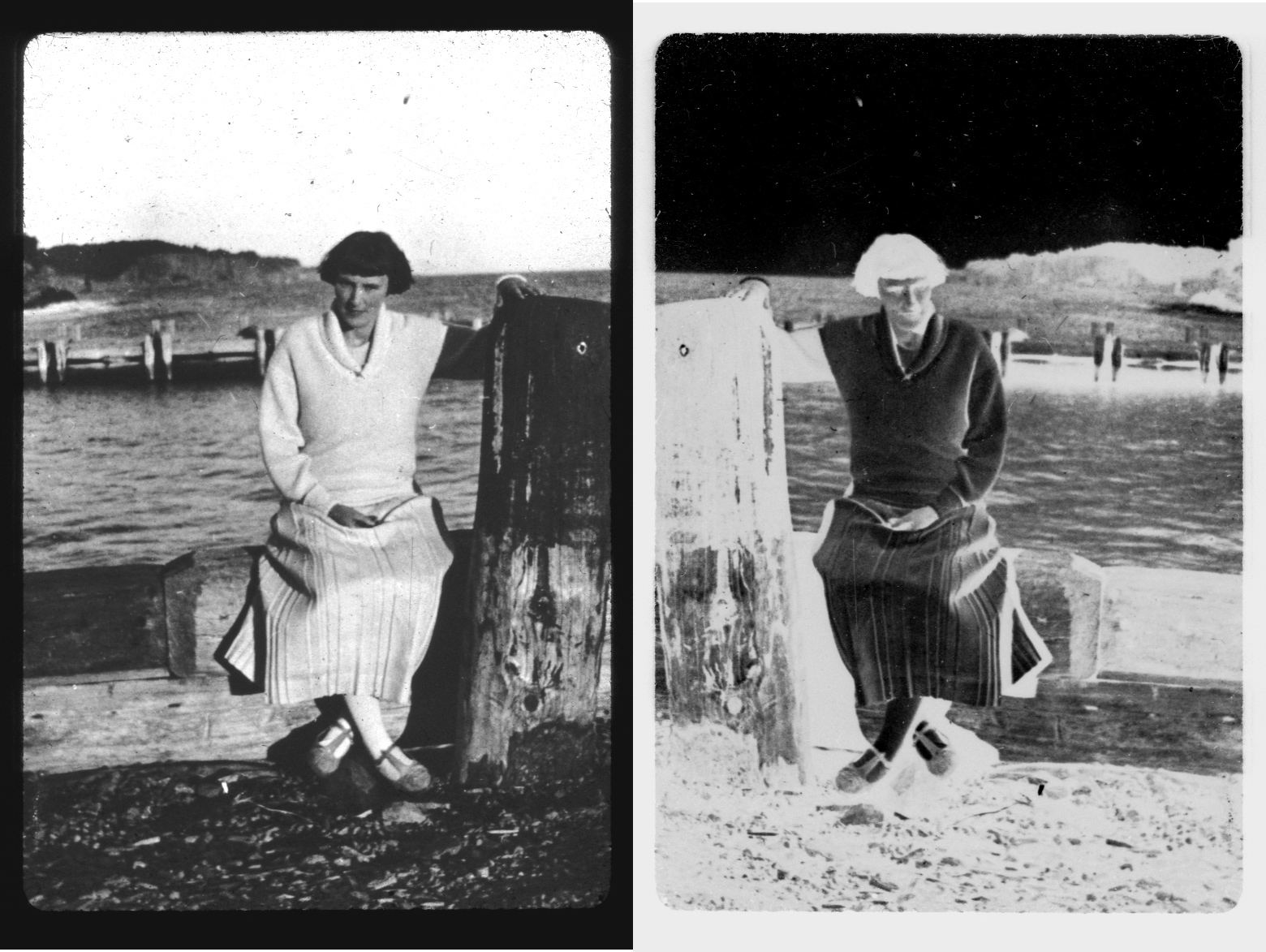All those years ago I was drawn to Anthropology because I thought it was a comprehensive and comprehensible way to MAKE SENSE of the world around me; and in my years as a prof I approached teaching Anthro in the same spirit, looking at the great variety of solutions to the practical problems of living that people had developed over the vastnesses of time and space (well, 10,000 years or so; and terrestrial space, but still…), returning again and again to the observed Fact that the Emperor was Naked. And now I find myself looking to one particular/peculiar strain of the discipline to, once again, [try to] make sense of the contemporary world.
Lately I’ve been reading a number of things that have fundamentally the same message. Much seems to emanate from David Graeber, and is concerned with bamboozlement in many forms:
…a kind of strategic pivot of the upper echelons of US corporate bureaucracy — away from the workers, and towards shareholders, and eventually, towards the financial structure as a whole… corporate management became more financialized, but at the same time, the financial sector became corporatized with investment banks, hedge funds, and the like largely replacing individual investors. As a result the investor class and the executive class became almost indistinguishable… (19)
…the last two centuries have seen an explosion of bureaucracy, and the last 30 or 40 years in particular have seen bureaucratic principles extended to every aspect of our existence… (27)
What was being talked about in terms of “free trade” and the “free market” really entailed the self-conscious completion of the world’s first effective planetary-scale administrative bureaucratic system. (30)
…public and private bureaucracies finally merged together in a mass of paperwork designed to facilitate the direct extraction of wealth. (35)
If one gives sufficient social power to a class of people holding even the most outlandish ideas, they will, consciously or not, eventually contrive to produce a world organized in such a way that living in it will, in a thousand subtle ways, reinforce the impression that those ideas are self-evidently true. (37)
…what we call “the public” is created, produced through specific institutions that allow specific forms of action — taking polls, watching television, voting, signing petitions or writing letters to elected officials or attending public hearings — and not others. (98)
(The above from The Utopia of Rules: On Technology, Stupidity, and the Secret Joys of Bureaucracy. There’s much more I’d transcribe from Graeber’s writings, including Fragments of an Anarchist Anthropology and of course Debt.
A similarly resonant voice: Tariq Ali in the latest London Review of Books:
The New World Disorder (Vol. 37 No. 7 · 9 April 2015)
But social democratic reforms have become intolerable for the neoliberal economic system imposed by global capital. If you argue, as those in power do (if not explicitly, implicitly), that it’s necessary to have a political structure in which no challenge to the system is permitted, then we’re living in dangerous times. Elevating terrorism into a threat that is held to be the equivalent of the communist threat of old is bizarre. The use of the very word ‘terrorism’, the bills pushed through Parliament and Congress to stop people speaking up, the vetting of people invited to give talks at universities, the idea that outside speakers have to be asked what they are going to say before they are allowed into the country: all these seem minor things, but they are emblematic of the age in which we live. And the ease with which it’s all accepted is frightening. If what we’re being told is that change isn’t possible, that the only conceivable system is the present one, we’re going to be in trouble. Ultimately, it won’t be accepted. And if you prevent people from speaking or thinking or developing political alternatives, it won’t just be Marx’s work that is relegated to the graveyard. Karl Polanyi, the most gifted of the social democratic theorists, has suffered the same fate.
and this announcement by William Arkin, via Gizmodo, of a Twitter feed covering a lot of the same dolorous but important ground:
o here’s what I plan to do: Expose. Explain. Secrecy and euphemisms are carpet-bombing us into submission. I’m sick of the parameters of the sanctioned debate. So instead I will try to treat the secret world like a sports league: There are coaches, players, commentators, bookies, and marketing geniuses. We’ll have something to say about all of them, something to reveal every week. The teams are the NSA, the CIA, FBI, Army, Air Force, Navy, Marine Corps, Department of Homeland Security, TSA, ICE; and that’s just Division I. There’s a Division II playing somewhere else, far more obscure but nevertheless influential and odious, populated by billion-dollar institutions like the Counter-Narcoterrorism Program Office or the Defense Threat Reduction Agency or U.S. Army North, real parasites on the American spirit, survivors because what they do festers in the dark. Each has a history and personality, a lineup, a budget cap, a general manager, a narrative to sell.
(much more and very worth reading)
